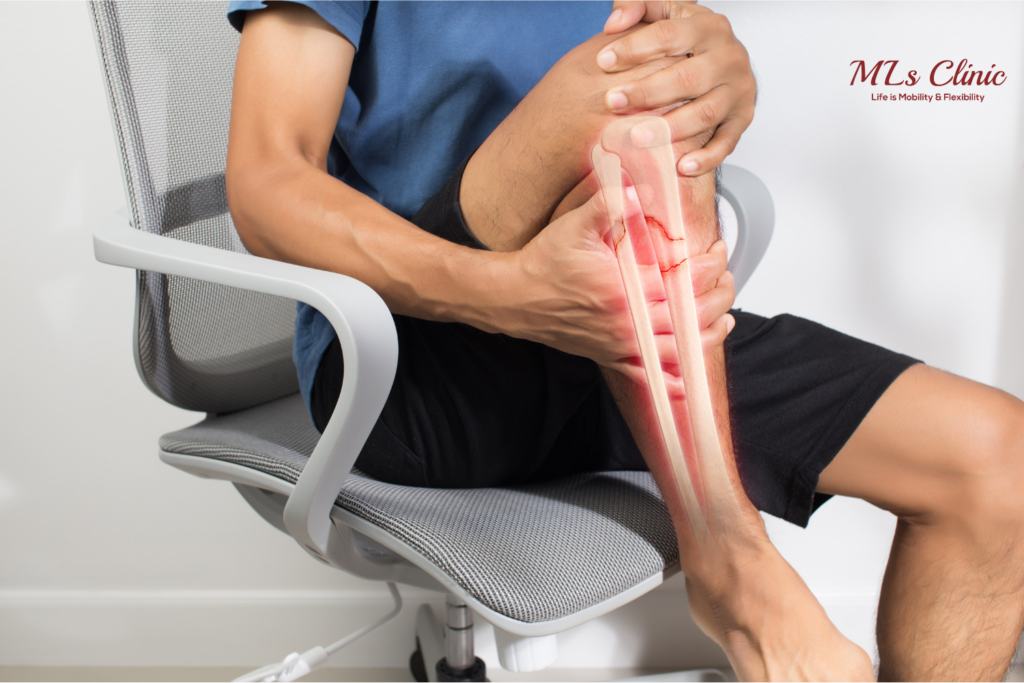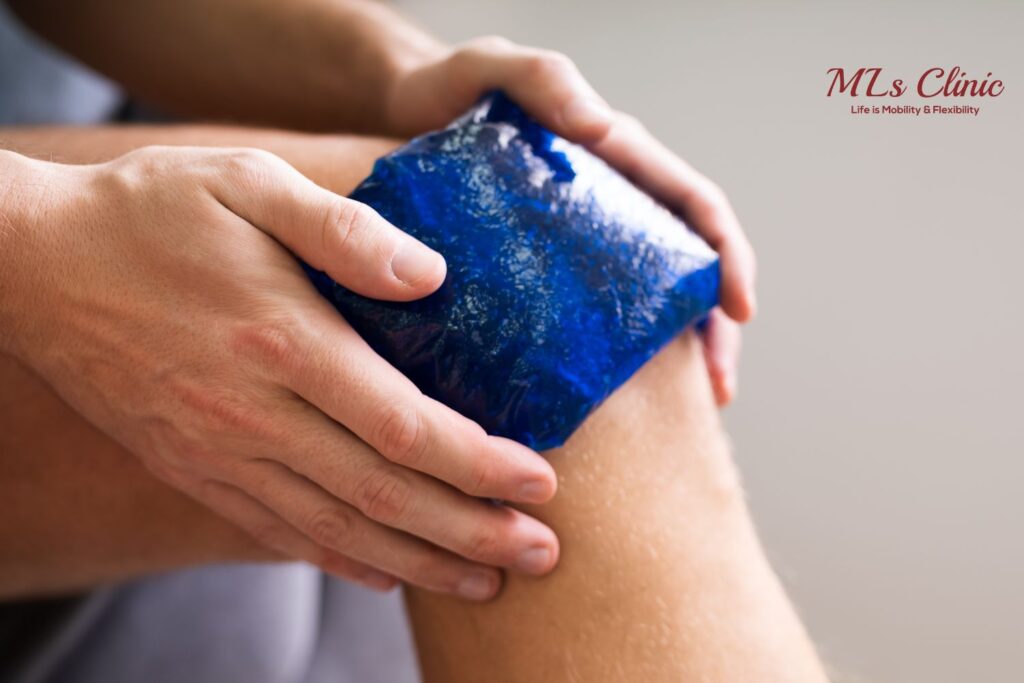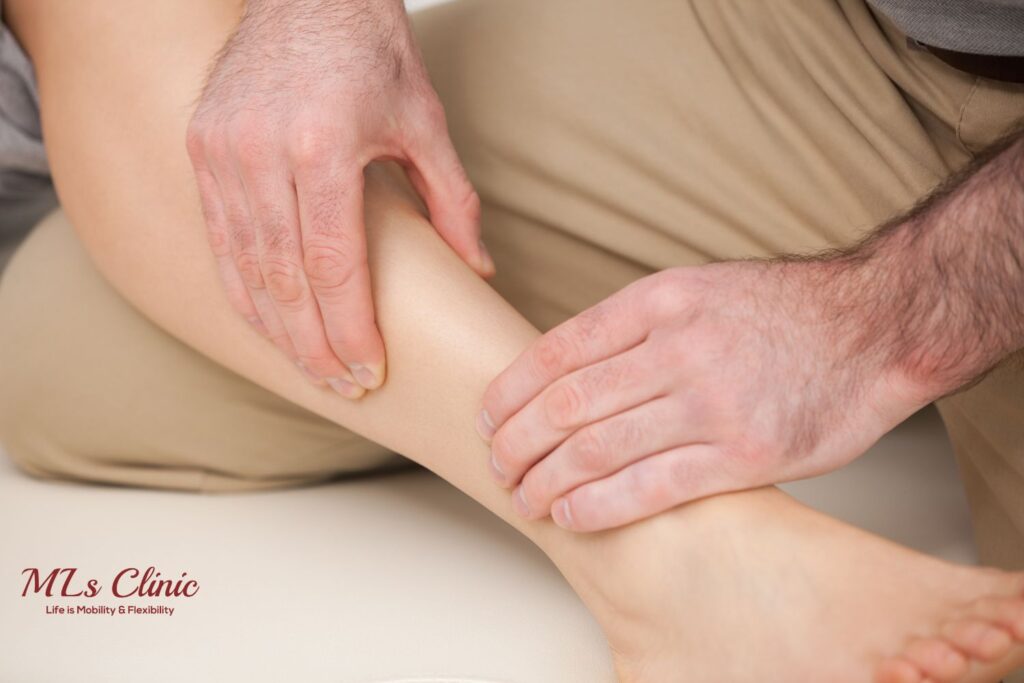Say Goodbye to Shin Splints with Dr. Preetesh Choudhary

Shin splints, medically known as Tibial Stress Syndrome, are a common condition affecting athletes, runners, and fitness enthusiasts. Dr. Preetesh Choudhary, a renowned sports injury surgeon, often treats patients who experience persistent pain in their shinbone. Here’s an overview of shin splints, their causes, and the best ways to treat and prevent them.
What Are Shin Splints?
Shin splints refer to pain along the inner edge of the shinbone, typically caused by overuse during physical activity. The shin pain can range from mild discomfort to severe, affecting daily activities. If left untreated, it can worsen and lead to conditions such as stress fractures.
Why Do Shin Splints Happen?
Understanding the causes of shin splints is crucial to prevent and treat this condition. Here are some common reasons:
1. Increase in Physical Activity
A sudden increase in the intensity or duration of physical activity without proper preparation can stress the shinbone and surrounding muscles, leading to pain.
2. Flat Feet
People with flat feet, where the arches of the feet are underdeveloped, are more prone to shin pain due to improper weight distribution.
3. Overuse
Repetitive stress on the tibia from running, jumping, or high-impact sports can lead to tibial pain and inflammation.
4. Inappropriate Footwear
Wearing shoes with inadequate support or grip can increase stress on the lower legs, causing or exacerbating shin splints.
5. Hard Surfaces
Running or exercising on hard or uneven surfaces can put additional strain on the shinbone, making you more susceptible to injuries.
How to Treat Shin Splints?
Treating shin splints at an early stage is essential to avoid complications. Here are some effective methods:

1. Ice Therapy
Apply ice packs to the affected area for 10-15 minutes, several times a day. This helps reduce inflammation and pain.
2. Rest

Avoid physical activities like running or jumping that put stress on the shinbone. Rest is important for healing, as it allows your body to repair the damaged tissue and reduce swelling. Taking a break from intense activities helps you recover faster and more safely.
3. Proper Footwear

Invest in high-quality, supportive footwear that minimizes strain on your legs. Look for shoes designed specifically for running or high-impact activities.
4. Physical Therapy
Engage in exercises recommended by a physiotherapist to strengthen your shin muscles and reduce pain. These exercises also prevent future injuries.
5. Expert Consultation
For persistent pain, consult Dr. Preetesh Choudhary, the Best orthopedic doctor in Indore, for a thorough diagnosis and personalized shin treatment plan.
Prevention is Key
Shin splints can often be prevented by following these tips:
- Warm up before engaging in high-intensity activities.
- Gradually increase the intensity of your workouts.
- Use the right footwear for your activity.
- Avoid running or exercising on hard surfaces.
- Strengthen the muscles around your shinbone to better handle stress.
Conclusion
Shin splints are common but highly treatable. By taking preventive measures such as wearing supportive footwear, following a proper workout routine, and seeking professional guidance, you can avoid shin pain and stay active. If you’re experiencing persistent shin pain or discomfort, don’t delay. Contact Dr. Preetesh Choudhary, Indore’s leading orthopedic surgeon, for expert care and advice.






